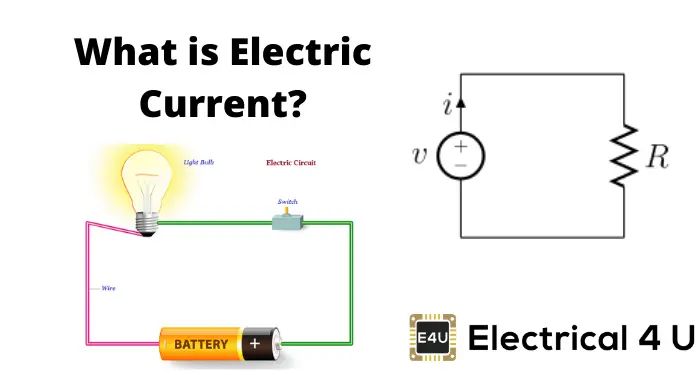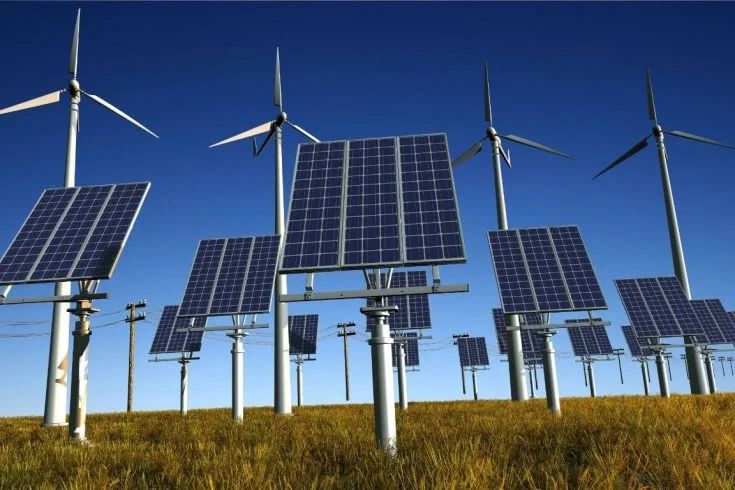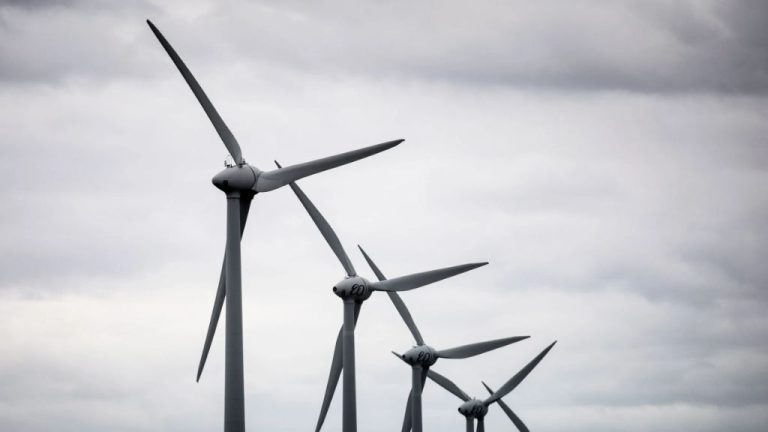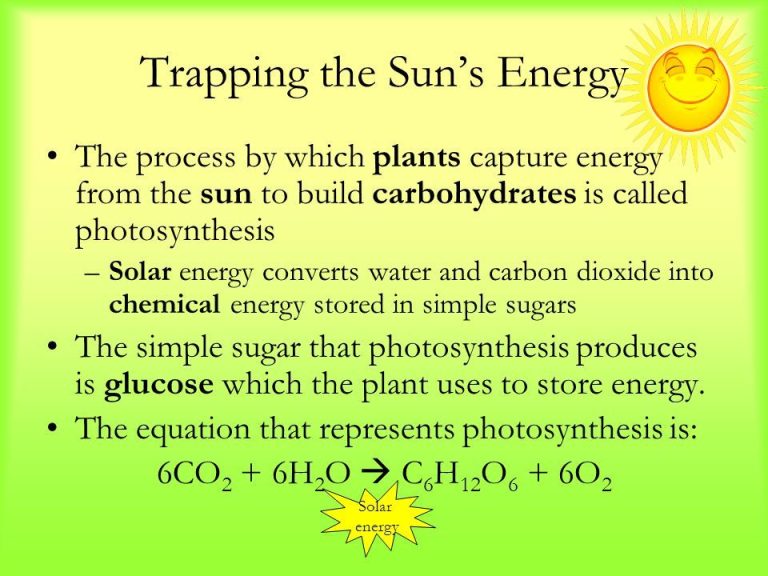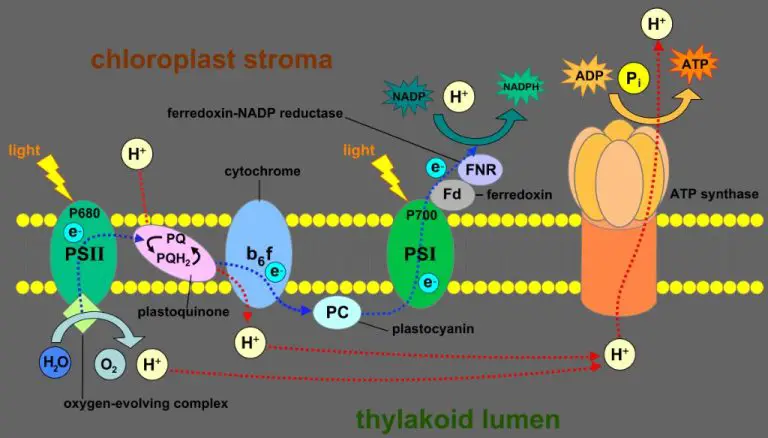What Happens To Energy When Its Converted From One Form To Another?
Energy conversion is the process of changing energy from one form into another. Some common forms of energy include mechanical, thermal, chemical, nuclear, electromagnetic, and more. Energy can be converted between these different types, but the total energy remains constant according to the law of conservation of energy.
This article will provide an overview of the different forms of energy, methods used to convert energy, the importance of efficient conversion, and some of the challenges. We’ll also touch on new research focused on improving energy conversion processes. The goal is to explain what happens when energy is converted and why this topic matters.
Forms of Energy
Energy exists in several main forms that can be categorized based on the nature of the energy. While energy can change between these different forms, the total energy in a closed system always remains constant.
The most common forms of energy include:
- Thermal Energy – This is energy that comes from the vibrations and movement of molecules and atoms. The faster molecules vibrate or move, the more thermal energy they possess. Temperature is a measure of the average thermal energy in a substance.
- Radiant Energy – This is energy that travels in the form of electromagnetic waves. Examples include microwaves, infrared, visible light, ultraviolet light, gamma rays and x-rays. Radiant energy can transfer heat, carry information, or produce chemical changes.
- Kinetic Energy – This is energy associated with motion. Any object in motion, such as a ball, car or molecule has kinetic energy. The amount of kinetic energy depends on the mass and speed of the moving object.
- Potential Energy – This is stored energy based on an object’s position or chemical configuration. Examples include gravitational potential energy from an object’s height, or chemical potential energy stored in the bonds between atoms within a substance.
- Electrical Energy – This is energy from the movement of electrons. It is a common energy source that can easily be converted into almost any other form.
- Chemical Energy – This is energy stored within the bonds between atoms and molecules. Chemical energy is released or absorbed during chemical reactions.
Understanding the different forms of energy is important for studying how energy transfers and transforms between its various states.
Energy Conversion Methods
Energy can be converted from one form to another through various processes. Some of the most common energy conversion methods include:
Chemical to Thermal Energy
Chemical energy stored in the bonds of molecules can be converted into thermal energy through combustion or burning. This is the process that occurs when wood, coal, oil and other fuels are burned to release heat. The chemical energy stored in the fuels is converted into thermal energy that can be used for heating or power generation.
Mechanical to Electrical Energy
Mechanical energy from moving objects can be converted into electrical energy through electromagnetic induction. This is the process used in electrical generators, where the kinetic energy of turbines spinning inside the generator is converted into electricity. The relative motion between magnets and conductors induces a voltage that generates current.
Radiant to Thermal Energy
Radiant energy from the sun in the form of electromagnetic waves can be converted into thermal energy when absorbed by the Earth. Objects on Earth convert the radiant energy into molecular vibration, increasing temperature. Solar panels also convert radiant light energy into electricity through the photovoltaic effect.
Gravitational Potential to Kinetic Energy
Gravitational potential energy stored in an object due to its height can be converted into kinetic energy when allowed to fall. This gravitational potential energy is converted into motion. Examples include hydroelectric dams that allow falling water to spin turbines and generate electricity.
Conservation of Energy
The law of conservation of energy states that energy can neither be created nor destroyed, it can only change form. This means the total amount of energy in a closed system always remains constant. When energy is converted from one form to another, the quantity of energy remains the same. While energy changes from one form to another, it does not disappear or get used up.
For example, when a battery powers a light bulb, electrical energy gets converted into light and heat energy. The amount of electrical energy that went into the bulb equals the total amount of light and heat energy that come out. During the conversion process, no energy is created or lost even though the energy changes form.
Some common energy conversion examples include:
- Chemical energy in food converting to thermal and mechanical energy in the body
- Chemical energy in fuel converting to heat and kinetic energy in a car engine
- Mechanical energy converting to electrical energy in a power plant turbine
The law of conservation of energy shows that while energy can change form during transfers between systems, the total amount of energy in the universe remains fixed.
Efficiency
Energy conversion is never completely efficient due to energy losses in the process. When converting from one form of energy to another, some energy is always lost or wasted in the form of heat. For example, when burning gasoline in a car engine, only about 30% of the chemical energy in the gasoline is converted into mechanical energy that moves the car. The other 70% is lost as heat and exhaust.
These energy losses affect the efficiency of the conversion process. Efficiency refers to the ratio of useful output energy to total input energy in the system. The efficiency depends on the conversion method used. For example, modern natural gas power plants can convert thermal energy into electricity with 60% efficiency, while a traditional incandescent light bulb only converts about 5% of input electric energy into light.
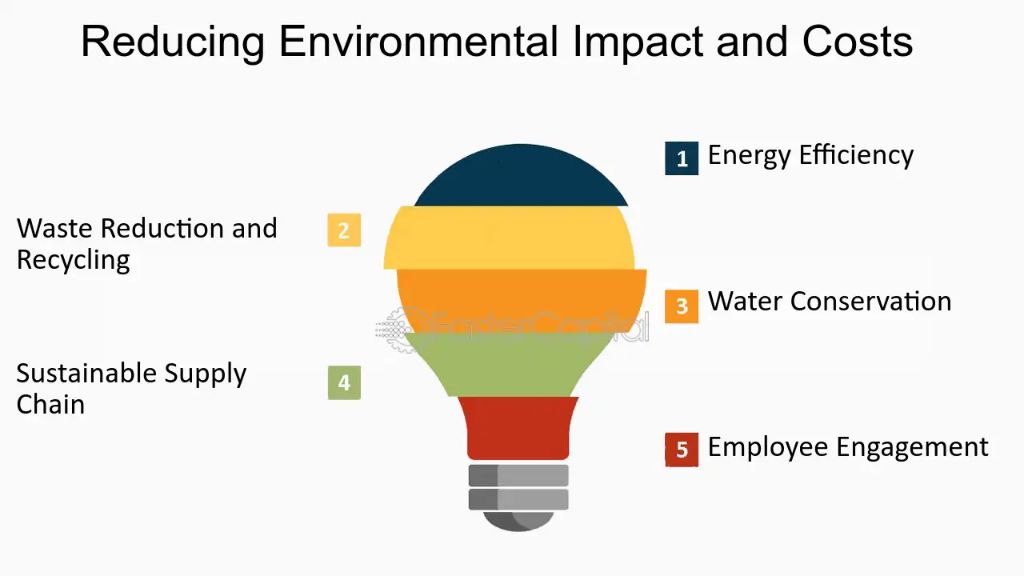
Improving conversion efficiency is an important goal of technology development. Higher efficiency means less wasted energy and less environmental impact from energy production and use. Research is ongoing into more efficient energy conversion methods like advanced solar cells, solid state lighting, and regenerative braking in hybrid vehicles.
Common Conversions
Energy is constantly being converted from one form to another in the natural world and human-engineered systems. Some of the most common and useful energy conversions include:
Chemical to Kinetic: The chemical energy stored in fuels like gasoline and diesel is converted into kinetic energy in car and truck engines. The fuel is burned in the engine to release thermal energy, which increases pressure in the cylinders and pushes the pistons down to provide motion.
Kinetic to Electrical: In hydroelectric dams, the kinetic energy of moving water spins a turbine that is connected to a generator to produce electricity. Similarly, in wind turbines the kinetic energy of air movement spins the turbine blades to generate electricity.
Radiant to Thermal: Solar energy collectors like solar water heaters and photovoltaic panels convert the radiant energy of sunlight into thermal energy that can heat water or generate an electric current.
Thermal to Mechanical: Steam engines and turbines convert the thermal energy of steam into mechanical energy that can drive machinery and electric generators. This is done by pressurized steam pushing a piston in the engine or spinning the blades of a turbine.
Electrical to Radiant: Light bulbs, LED lights, and fluorescent tubes convert electrical energy into visible radiant light energy. The electricity heats up a filament or excites gases which then emit photons of light.
Electrical to Kinetic: Electric motors and generators can interconvert between electrical energy and kinetic rotational energy. This allows electric motors to drive machinery and lets generators produce electricity from spinning turbines.
Importance of Conversion
Energy conversion is crucial to human progress and the development of technology. It allows us to transform raw energy sources into useful forms that power our homes, devices, and transportation.
For example, fossil fuels like coal and natural gas can be converted into electricity which illuminates our cities and runs factories. Renewable sources like solar and wind are also converted to electricity through photovoltaic panels and turbines.
Likewise, the chemical energy in batteries is converted to electrical energy to power our phones and laptops. The potential energy of waterfallls is harnessed through hydroelectric plants. Even food energy is converted by our bodies into kinetic energy that allows us to move.
Without the ability to convert between energy types, we would lack the electricity, fuel, and motion that enable technological innovation. Energy conversion gives us flexibility to utilize diverse sources to meet society’s needs.
Ongoing research seeks to make energy conversion more efficient and expand the possibilities. For example, improving batteries’ ability to store and discharge energy can increase the viability of renewables and electric transportation.
In summary, mastery over energy conversion is key to human civilization. It allows raw energy to be transformed into the usable power that drives progress.
Conversion Challenges
While energy can be converted from one form to another, the process often involves losses and inefficiencies. There are several key challenges when it comes to cleanly and efficiently converting energy:
Energy Waste– Many conversion methods result in waste heat and other forms of wasted energy. For example, only about 30-40% of the chemical energy in gasoline gets converted into mechanical energy to drive a car forward, while the rest is lost as heat in the engine and exhaust. Similarly, power plants that burn coal lose over half the energy in coal as waste heat.
Cost – Converting energy often requires complex, expensive equipment. For instance, photovoltaic solar panels that convert sunlight into electricity can cost thousands of dollars to manufacture and install. The high costs limit adoption of cleaner energy conversion technologies.
Engineering Limitations – There are physical and engineering limits on how efficiently energy can be converted from one form to another. Even advanced technologies cannot overcome fundamental thermodynamic constraints. This limits how much improvement is possible.
Infrastructure Needs – Widespread adoption of new energy conversion methods requires major investments in infrastructure. For example, an electric vehicle charging network must be built before society can transition from gasoline cars to electric.
While progress has been made, overcoming these challenges remains a key priority for researchers and engineers working to tap energy sources more cleanly and efficiently.
Latest Research
Researchers around the world are making breakthroughs in energy conversion technology every day. Here are some of the most exciting areas of research happening now:
Advanced Solar Cells
Scientists are developing new materials and designs to improve solar cell efficiency and lower costs. Perovskite solar cells are one promising area, as they can be inexpensive to manufacture while rivaling silicon in efficiency. Researchers are also working on improving organic solar cells and thin-film technologies.
Fuel Cells
Fuel cells efficiently convert chemical energy into electricity through an electrochemical reaction. Ongoing research is focused on lowering costs and improving durability to expand the applications of fuel cell technology. Promising areas include microbial fuel cells which use bacteria to generate electricity from organic matter.
Waste Heat Capture
Converting waste heat into electricity can improve overall energy efficiency. Thermoelectric generators and thermophotovoltaic systems are emerging technologies that can capture heat emitted from industrial processes, engines, and other sources and turn it into usable energy.
Energy Storage
Storing excess renewable energy is key to overcoming the intermittency of wind and solar power. Batteries are improving, but new energy storage solutions like compressed air storage, flywheel storage, and hydrogen fuel are also being researched.
Cutting-edge energy conversion research is opening up new possibilities for clean, renewable power. As these technologies advance, they will play a critical role in building sustainable energy systems and reducing greenhouse gas emissions worldwide.
Conclusion
When energy is converted from one form to another, the total amount of energy remains the same. This law is known as the conservation of energy. While energy cannot be created or destroyed during conversion, some energy is often lost to the environment as heat. The efficiency of an energy conversion indicates how much useful energy remains after conversion. Some of the most common energy conversions we utilize involve converting chemical energy in fuels to thermal energy and mechanical energy. Our modern society depends on being able to convert energy to power our homes, businesses, transportation and technologies. Researchers continue to find new and improved ways to convert energy that maximize efficiency and minimize environmental impacts.
In this article, we reviewed the different forms that energy can take, processes used to convert energy from one form to another, the importance of energy conversion efficiency, and some key examples of energy conversion that power our everyday lives. The takeaway is that energy conversion allows us to transform energy in a way we can use for human needs and technological functions. While conversions lead to energy losses, improving efficiency of conversion processes is an active field of research with benefits for energy usage, costs and sustainability.

